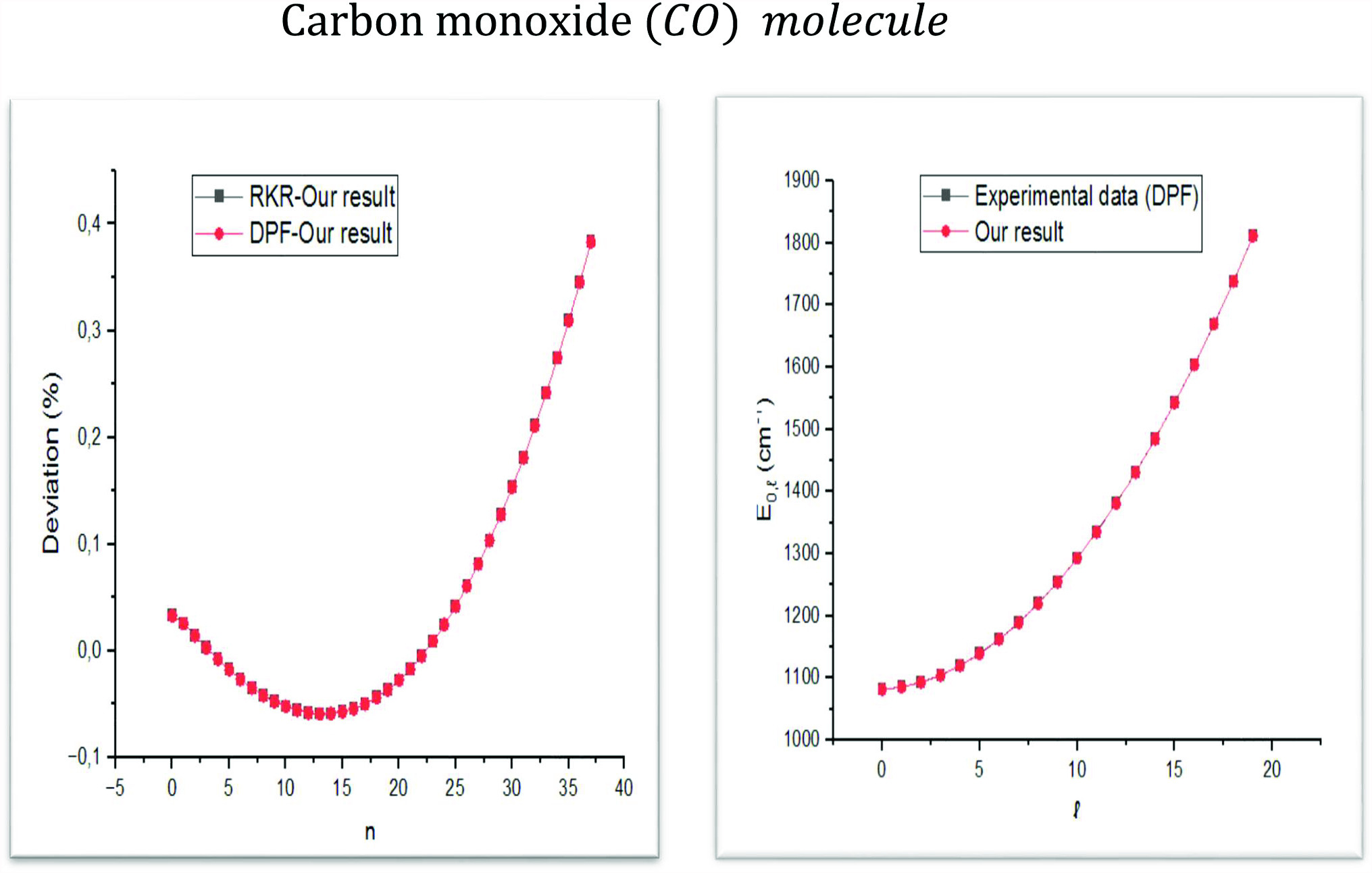https://doi.org/10.1140/epjd/s10053-025-01013-x
Regular Article - Atomic Physics
Path integral solutions of the Dirac equation with spin symmetry for the generalized Pöschl–Teller model: modeling the  molecule
molecule
1
Department of Physics, Faculty of Sciences, University M’hamed Bougara of Boumerdes, Route de la Gare Ferroviaire, 35000, Boumerdes, Boumerdes, Algeria
2
Laboratory of Coatings, Materials and Environment (LRME), University M’hamed Bougara of Boumerdes, Avenue de l’indépendance, 35000, Boumerdes, Boumerdes, Algeria
3
Laboratory of Energy and Smart Systems, University of Khemis Miliana, Rue Thniet El Had, 44225, Khemis Miliana, Ain Defla, Algeria
4
Laboratory of Theoretical and Didactic Physics, Faculty of Physics, University of Sciences and Technology Houari Boumediene, BP 32 El Alia, 16111, Bab Ezzouar, Algiers, Algeria
5
Department of Basic and Clinical Sciences, University of Nicosia Medical School, P.O. Box 24005, 21 Ilia Papakyriakou, 1700, Engomi, Nicosia, Cyprus
Received:
8
February
2025
Accepted:
19
May
2025
Published online:
11
June
2025
We solve the Dirac equation with the generalized Pöschl–Teller potential (GPT), using the Feynman path integral formalism and then a Pekeris-like approximation to deal with the centrifugal term, and obtain the relativistic and non-relativistic ro-vibrational energy equations for diatomic molecules. In non-relativistic limits, an application of the carbon monoxide molecule in the ground states, mean absolute percentage deviations from experimental RKR and DPF data were obtained. Furthermore, taking into account the binding energy condition the maximum possible rotations for each vibrational quantum number of CO were calculated. We have shown that our results are in good agreement with the data available in the literature (theoretical and experimental data) on  and that GPT is a very robust model for discussing diatomic molecules.
and that GPT is a very robust model for discussing diatomic molecules.
Copyright comment Springer Nature or its licensor (e.g. a society or other partner) holds exclusive rights to this article under a publishing agreement with the author(s) or other rightsholder(s); author self-archiving of the accepted manuscript version of this article is solely governed by the terms of such publishing agreement and applicable law.
© The Author(s), under exclusive licence to EDP Sciences, SIF and Springer-Verlag GmbH Germany, part of Springer Nature 2025
Springer Nature or its licensor (e.g. a society or other partner) holds exclusive rights to this article under a publishing agreement with the author(s) or other rightsholder(s); author self-archiving of the accepted manuscript version of this article is solely governed by the terms of such publishing agreement and applicable law.





